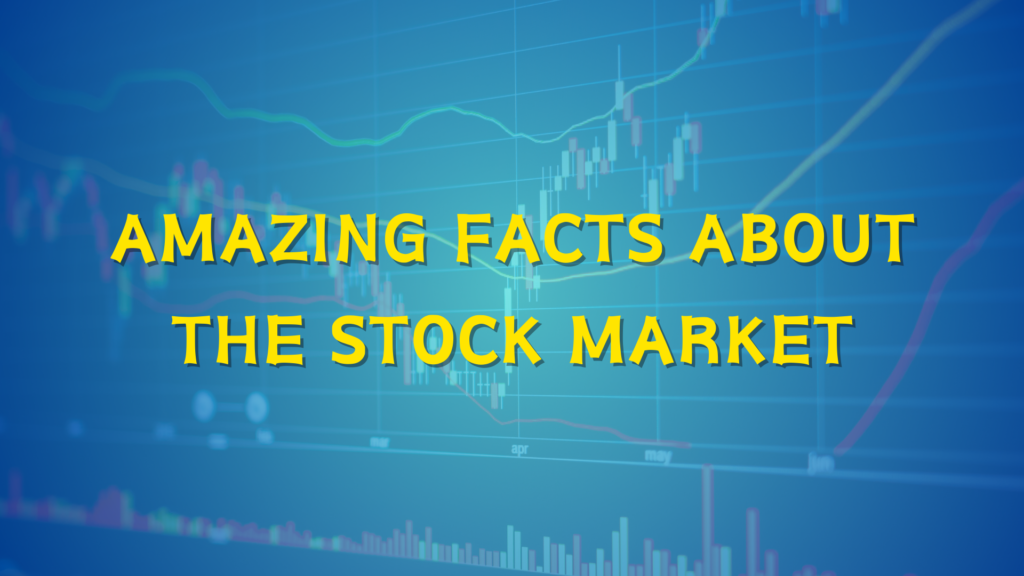
Certainly! Here are seven facts about the Indian stock market:
- Oldest Exchange in Asia: The Bombay Stock Exchange (BSE) is the oldest stock exchange in Asia. It was established in 1875 and is now one of the largest stock exchanges in the world.
- Bull vs. Bear Sculptures: The BSE has iconic bronze sculptures of a bull and a bear at its entrance. The bull represents optimism and upward market trends, while the bear symbolizes pessimism and downward market trends.
- Largest Number of Listed Companies: The Indian stock market boasts one of the largest numbers of listed companies globally. The BSE and the National Stock Exchange (NSE) together list thousands of companies.
- Sensex and Nifty: The Sensex and Nifty are two major stock market indices in India. The Sensex is a benchmark index of the BSE, representing the 30 largest and most actively traded stocks, while the Nifty represents the National Stock Exchange’s top 50 companies.
- Saturday Trading: Until 2001, the Indian stock market used to operate on Saturdays. However, Saturday trading was discontinued to align with international practices.
- Demat Accounts: India adopted electronic trading in 1996, making it one of the early adopters of dematerialization (demat) of shares. This move significantly streamlined the trading and settlement process.
- Retail Investor Growth: In recent years, there has been a notable increase in the participation of retail investors in the Indian stock market. The rise of online trading platforms and increased financial literacy have contributed to this trend.
